Disclosure: This article contains affiliate links. We may earn a commission from purchases at no extra cost to you, which helps our travel content.
The morning light filters through half-timbered houses, casting latticed shadows across cobblestones worn smooth by centuries of footsteps. Standing on the Pont du Faisan, I watch as the River Ill splits and meanders around Strasbourg's most enchanting quarter. Petite France—despite its diminutive name—offers an expansive journey through Alsatian history, architecture, and culture. Having explored countless European old towns during my travels, I can confidently assert that this pocket-sized medieval district delivers an experience that rivals destinations requiring far heftier admission fees.
The Historical Canvas of Petite France
While many European quarters claim medieval charm, Petite France presents an authentic tableau virtually unchanged since the 16th century. Originally home to tanners, fishermen, and millers—the district's name ironically stems not from patriotic sentiment but from a hospital that once treated soldiers suffering from syphilis (then called 'the French disease').
What strikes me most about this district is how the architecture tells stories of practical adaptation. The distinctive half-timbered houses aren't merely decorative; their upper floors extend outward to create covered workspaces below, where tanners once stretched hides. The large windows and open attics served as drying areas for leather—form following function in the most elegant manner.
Navigating these streets requires comfortable footwear. My walking sandals have proven invaluable on European cobblestones, providing both support and ventilation during summer explorations. For those planning extended urban wandering, proper footwear is an investment that pays dividends in comfort.
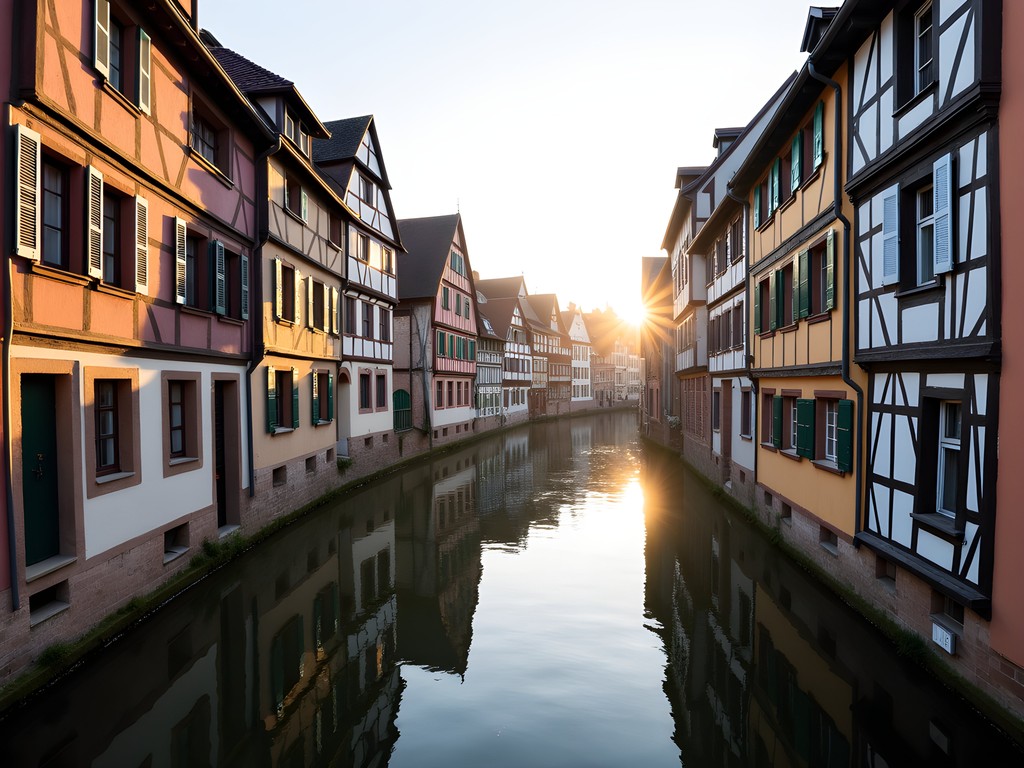
💡 Pro Tips
- Visit early morning (before 9am) or evening (after 6pm) to avoid tour groups
- Look up frequently—the most intricate architectural details are often above eye level
- Many buildings have explanatory plaques in French; use a translation app for deeper understanding
A Methodical Route Through Medieval Marvels
After 13 years of urban exploration across three continents, I've developed a systematic approach to walking tours that balances efficiency with serendipitous discovery. For Petite France, I recommend beginning at Pont Saint-Martin, which offers an excellent panoramic introduction to the district.
From there, proceed to Place Benjamin Zix, the quintessential square that appears on countless postcards. Rather than merely passing through, take time to observe the subtle architectural variations between buildings—evidence of different construction periods and evolving craftsmanship techniques.
Continue along Rue du Bain-aux-Plantes, where the former tanner houses display their distinctive architecture. The Tanners' House (Maison des Tanneurs) at No. 42 exemplifies this style perfectly and now houses a traditional Alsatian restaurant.
When documenting architectural details, I rely on my collapsible phone tripod for steady shots in narrow streets where lighting can be challenging. It weighs practically nothing yet proves invaluable for capturing the intricate wooden carvings and structural details that make Petite France architecturally significant.

💡 Pro Tips
- Visit Maison des Tanneurs even if you don't dine there—the interior courtyard is accessible and reveals authentic structural elements
- The quietest route is along Quai de la Bruche—perfect for contemplative walking
- Stop at the viewing platform near Barrage Vauban for the classic postcard perspective of the district
The Engineering Marvel of Les Ponts Couverts
My legal career specializing in patents has nurtured an appreciation for ingenious solutions to practical problems—and the covered bridges of Strasbourg represent precisely such innovation. Despite their name (Les Ponts Couverts), these structures no longer retain their roofs, yet they remain among the most fascinating defensive structures I've encountered in European urban exploration.
Originally constructed in the 13th century, these bridges formed part of the city's medieval fortifications, with the covers protecting defenders from arrows and inclement weather. Today, three of the original four towers remain, creating a striking silhouette against the Strasbourg skyline.
For summer exploration, I recommend carrying a insulated water bottle that keeps water cold throughout the day. The bridges offer little shade, and Strasbourg summers can be surprisingly warm. Stay hydrated while examining these remarkable structures that blend military pragmatism with architectural grace.
For the most dramatic views, position yourself on the Grande Écluse (Great Lock) or climb the panoramic terrace of the Barrage Vauban, which offers a sweeping vista of all three towers and the cathedral spire beyond.
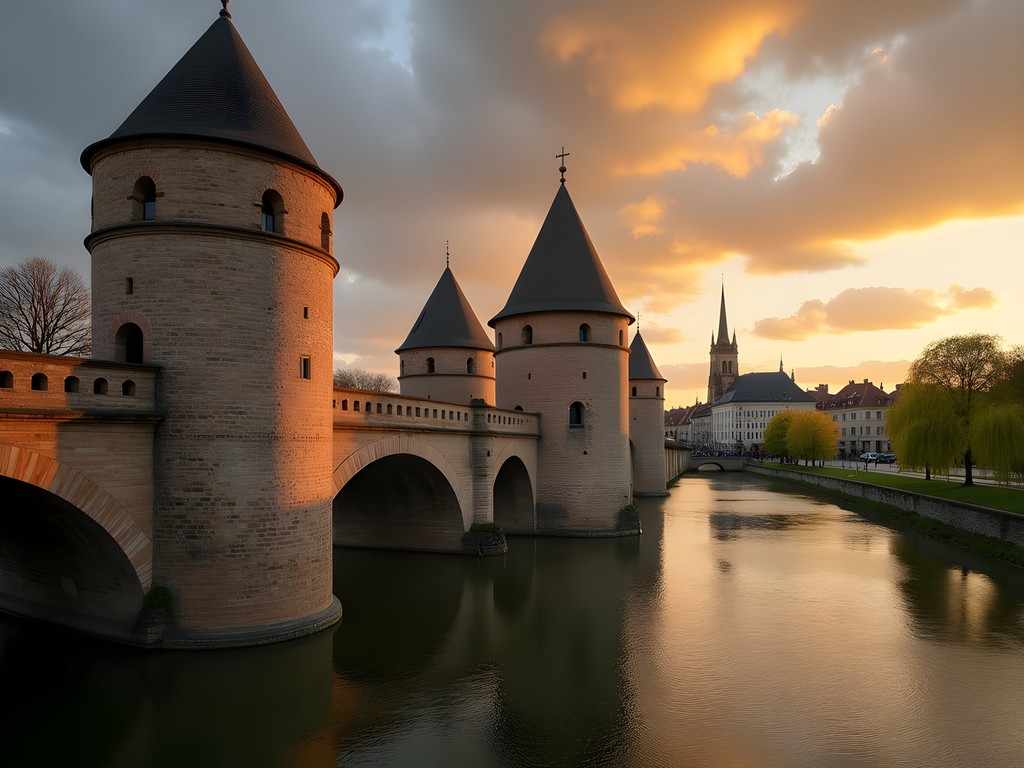
💡 Pro Tips
- Visit at sunset when the towers are dramatically backlit
- The bridges themselves are pedestrianized, offering safe viewing points
- Look for the subtle differences between the towers—each has unique architectural elements
Culinary Interludes: Savoring Alsatian Flavors
Urban exploration invariably works up an appetite, and Petite France offers delightful culinary respites that won't devastate your travel budget. While the district contains several upmarket establishments, I've discovered equally authentic experiences at more modest price points.
Au Pont Saint-Martin offers traditional tarte flambée (flammekueche)—a thin-crusted Alsatian specialty topped with crème fraîche, onions, and lardons—at reasonable prices, particularly during their afternoon service. Pair it with a local Riesling for the full experience.
For coffee enthusiasts, Café Bretelles on Rue des Tonneliers serves expertly prepared beverages in a space that harmoniously blends contemporary café culture with medieval architecture. Their courtyard seating provides a tranquil spot to rest weary feet while people-watching.
During summer visits, I always carry a packable picnic blanket that folds to pocket size yet provides ample seating for two. This allows for impromptu picnics along the riverbanks—a budget-friendly alternative to restaurant dining that offers equally memorable views. The small park near Pont du Corbeau makes an ideal picnic location with its unobstructed views of half-timbered reflections in the water.
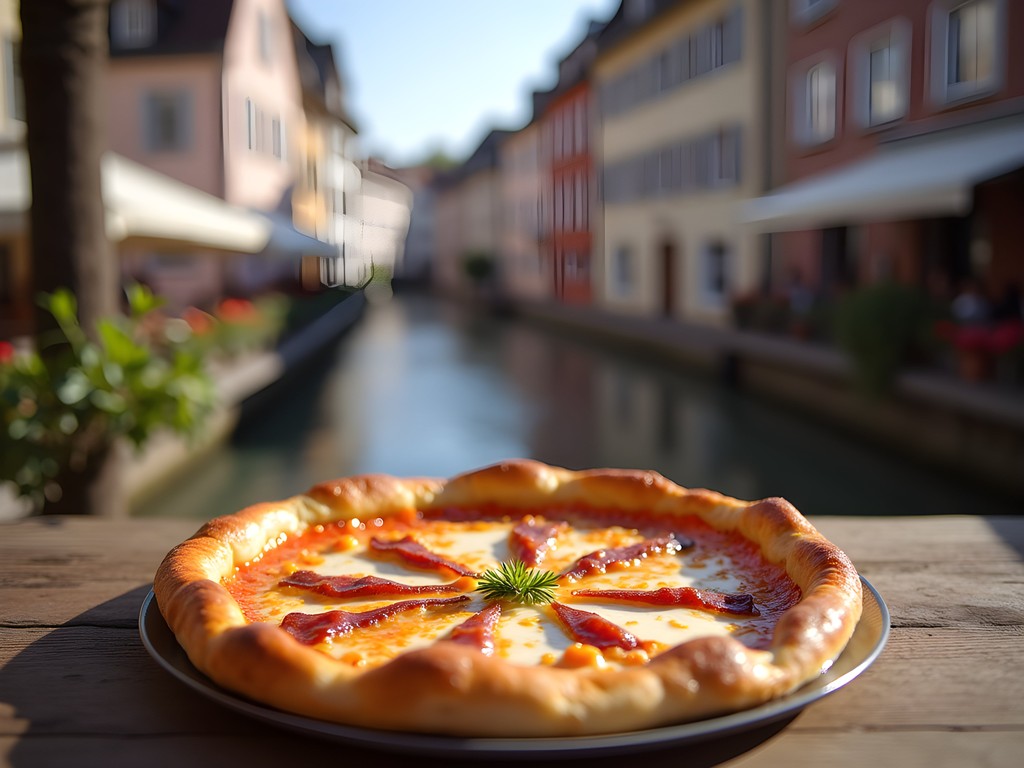
💡 Pro Tips
- Most restaurants offer prix fixe lunch menus that provide better value than à la carte dining
- Local bakeries sell excellent portable snacks—try kougelhopf, a distinctive Alsatian brioche
- Water fountains are available throughout the district; refill bottles rather than purchasing bottled water
Vintage Treasures: Beyond the Tourist Trail
While architectural marvels rightfully dominate Petite France's reputation, my lifelong fascination with vintage fashion has led me to discover several hidden gems just beyond the district's traditional boundaries. Strasbourg boasts a remarkable collection of vintage and antique shops where patient explorers can unearth authentic Alsatian treasures.
A short walk from the main tourist thoroughfare, La Petite Brocante on Rue des Dentelles offers a carefully curated selection of Alsatian homewares, including distinctive pottery and textiles. The proprietor, Madame Kieffer, speaks excellent English and can explain the regional significance of various items—knowledge that transforms souvenirs into meaningful artifacts.
For vintage clothing enthusiasts, Caprice Vintage on Rue des Tonneliers specializes in mid-century European fashion, occasionally featuring Alsatian traditional garments adapted for contemporary wear. Their collection of vintage scarves makes for lightweight, packable souvenirs.
When vintage shopping abroad, I always carry a fabric measuring tape in my day bag, as European sizing differs significantly from American standards. This simple tool has prevented numerous purchasing mistakes over my years of international vintage hunting.
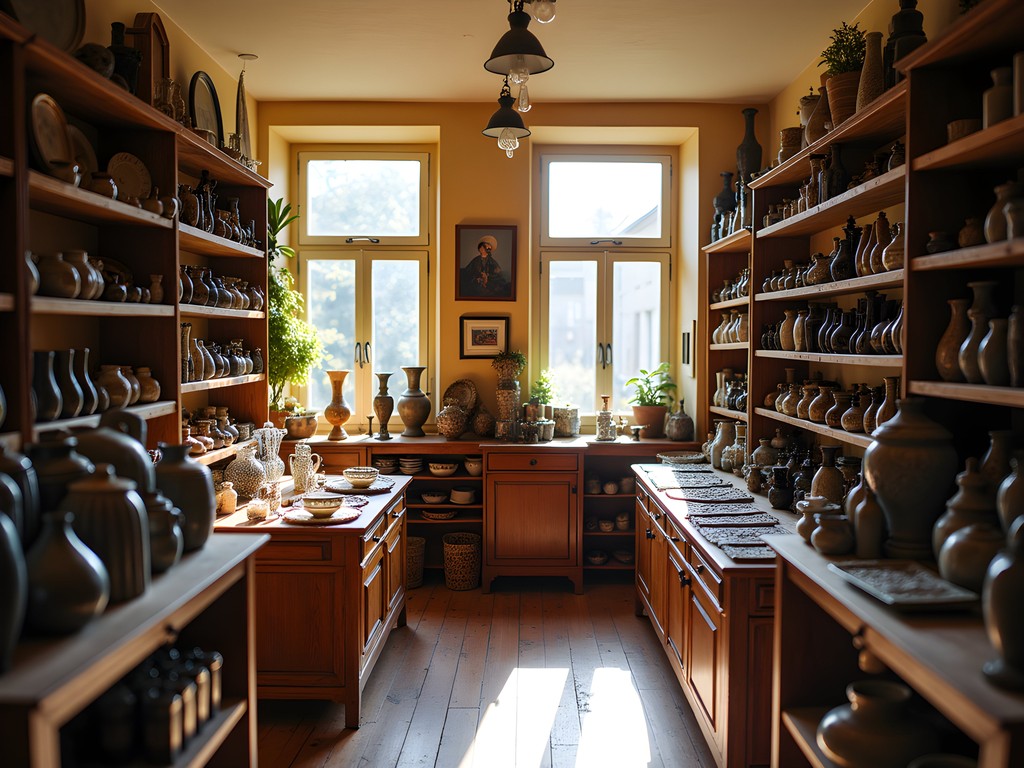
💡 Pro Tips
- Most vintage shops close for a lengthy lunch (typically 12:30-2:30pm); plan accordingly
- Prices are often more negotiable late in the day, especially if paying cash
- Ask shopkeepers about the provenance of items—many have fascinating historical connections to the region
Final Thoughts
As twilight descends on Petite France, the district transforms once again. Streetlamps cast golden pools onto cobblestones, and restaurants spill warm light from windows that have witnessed centuries of Strasbourg life. This self-guided exploration costs little more than comfortable shoes and time, yet delivers experiences that resonate far beyond the typical tourist itinerary.
What distinguishes Petite France is not merely its preserved medieval architecture but how the district remains authentically alive—neither an abandoned relic nor an overly commercialized caricature of itself. It strikes that rare balance that urban explorers continually seek: a place where history breathes through daily life rather than being cordoned off behind velvet ropes.
I encourage you to approach this walking tour not as a checklist of sights but as an immersive historical narrative best enjoyed at a leisurely pace. Allow yourselves to wander down unmarked alleyways, rest on unassuming benches, and observe the rhythms of a district that has maintained its essential character despite the passage of centuries. Strasbourg's Petite France reminds us that the most meaningful travel experiences often come not from grand monuments but from quiet moments of connection with places that have stories to tell.
✨ Key Takeaways
- Petite France offers authentic medieval architecture that remains functionally integrated into modern city life
- Early morning and evening provide the best lighting and atmosphere with fewer crowds
- Budget travelers can experience the district's full charm through self-guided exploration rather than paid tours
- The district's history as a working-class industrial area provides fascinating context for its current charm
📋 Practical Information
Best Time to Visit
Late May through early September for pleasant walking conditions; June for optimal lighting and moderate crowds
Budget Estimate
€0-20 per person (excluding meals and accommodations)
Recommended Duration
Half-day (3-4 hours) for thorough exploration; full day if including museum visits and leisurely meals
Difficulty Level
Easy


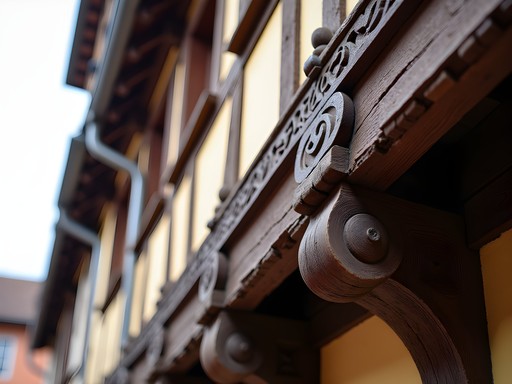
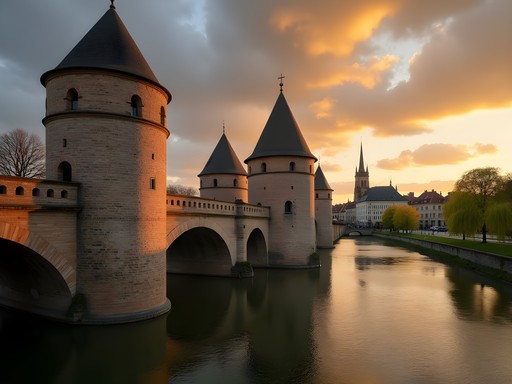
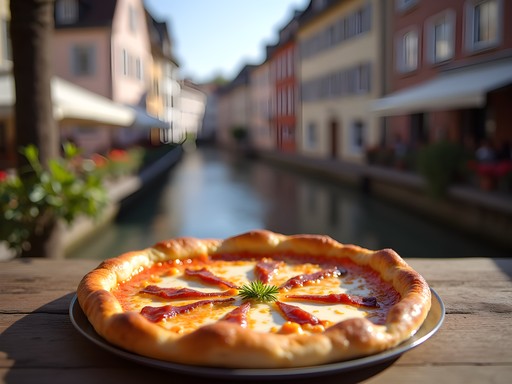



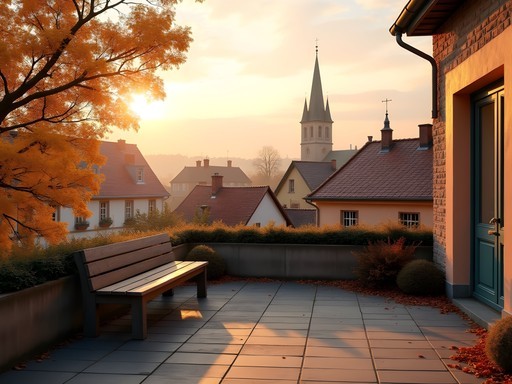







Comments
Hannah Woods
Wonderful guide, Grace! I did this exact route last year and would add one tip: don't miss the small courtyard behind Maison des Tanneurs. Most tourists photograph the front but miss the back view! Also, for anyone following this route, I highly recommend trying flammekueche at Au Petit Bois Vert - it's less touristy than the restaurants directly on the water and their Alsatian specialties are authentic. I recorded the whole walk with my compact camera which was perfect for those narrow medieval streets where a DSLR feels too bulky.
Grace Boyd
Great tip about Maison des Tanneurs, Hannah! I completely agree about Au Petit Bois Vert too - their flammekueche is incredible. Did you try the one with Munster cheese?
Hannah Woods
Yes! The Munster version was bold but delicious. Paired perfectly with a local Riesling. The owner was so friendly too - gave us a whole history lesson about Alsatian cuisine!
citywanderer
Would December be a good time to do this walking tour? I heard Strasbourg has amazing Christmas markets but worried about the cold!
Hannah Woods
December is actually magical in Strasbourg! The Christmas markets are world-famous. Yes, it's cold (expect 0-5°C), but the decorations and lights make Petite France even more charming. Just layer up and stop frequently for vin chaud (mulled wine). The crowds are bigger but absolutely worth it.
citywanderer
Thanks Hannah! Vin chaud sounds like the perfect motivation to brave the cold 😊
oceanbuddy
Petite France looks magical! Adding this to my bucket list immediately!
photozone
Those shots of the half-timbered houses are absolutely stunning! What time of day did you visit to get that perfect morning light? I'm heading there in spring and want to capture similar vibes.
Grace Boyd
Thank you! I got there right after sunrise, around 7:30am. The golden light lasted until about 9am. Bring a wide-angle lens if you have one - those narrow streets need it!
photozone
Perfect, thanks for the tip! Early morning it is 📸
tripmood9901
Any specific spot you'd recommend for the best photos of those half-timbered houses reflecting in the water?
Grace Boyd
The small footbridge near Rue du Bain-aux-Plantes gives you a perfect angle, especially around 9-10am when the light hits just right. Also, the corner where Quai de la Petite France meets Rue des Moulins has that classic postcard view!
wildlife
Is it easy to navigate without a map? Planning to visit next month but I'm terrible with directions!
coffeeblogger
It's pretty compact and there are signs everywhere. Just follow the water and you can't go too wrong! The tourist office also has free maps.
wildlife
Thanks! That's reassuring. Can't wait to visit!
freeblogger
Adding this to my France itinerary! Thanks for the detailed route!
Douglas Bradley
Your methodical route through Petite France is almost identical to what I recommend to travelers. The progression from Les Ponts Couverts to the Barrage Vauban provides such a perfect narrative arc of the district's evolution. I've visited Strasbourg six times now, and I'm consistently impressed by how the preservation efforts maintain authenticity without turning the district into a theme park. One suggestion I'd make is to visit the Musée Alsacien if you have time after this walk - it provides excellent context for understanding the architectural styles and cultural elements you encounter in Petite France. Also, winter visitors should note that the Christmas markets transform this area completely - a different but equally magical experience.
tripmood9901
Is December too crowded with the Christmas markets? Been debating between September or December visit.
Douglas Bradley
December is definitely more crowded, but the atmosphere is magical. If you want to truly appreciate the architecture and historical aspects, September offers better conditions. For Christmas markets, weekdays are less crowded than weekends.
photolife
That shot from Pont du Faisan is stunning! Perfect angle.
Sarah Powell
Grace, your description of the morning light on those medieval buildings took me right back to my visit last year. I found Petite France to be such a fascinating historical microcosm - it's remarkable how this district has maintained its character despite centuries of political changes. One thing I'd add for readers: the area gets quite busy mid-day, so following your advice about an early start is crucial. I'd also recommend exploring some of the lesser-known courtyards just off the main routes. I used this pocket guide which had an excellent fold-out map highlighting some hidden gems. The historical context about the tanners' district really enhanced my appreciation of the architecture.
Venture X
Premium card with 2X miles, $300 travel credit, Priority Pass